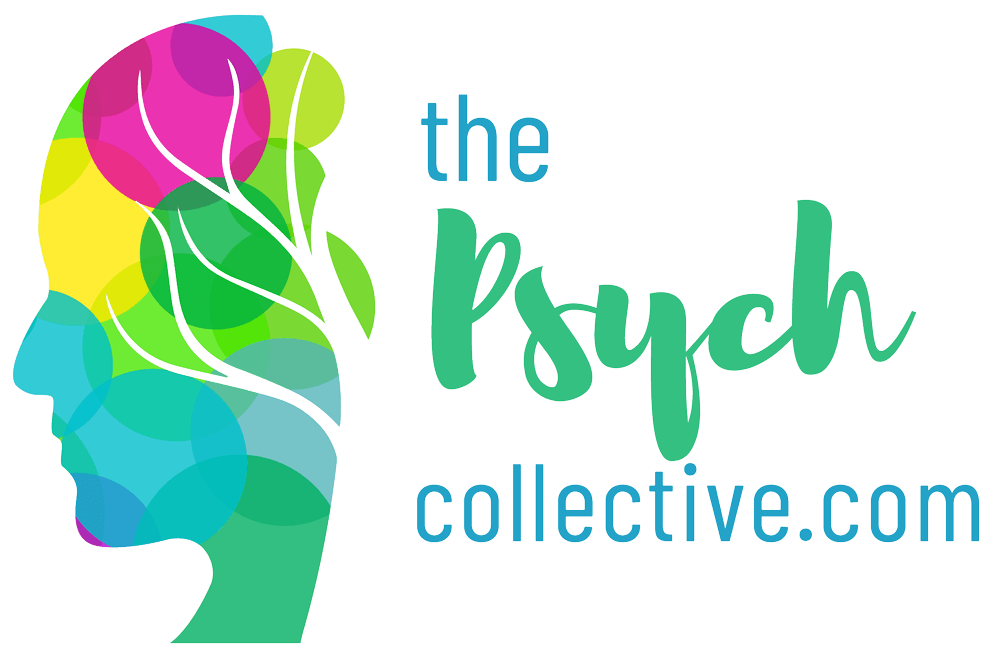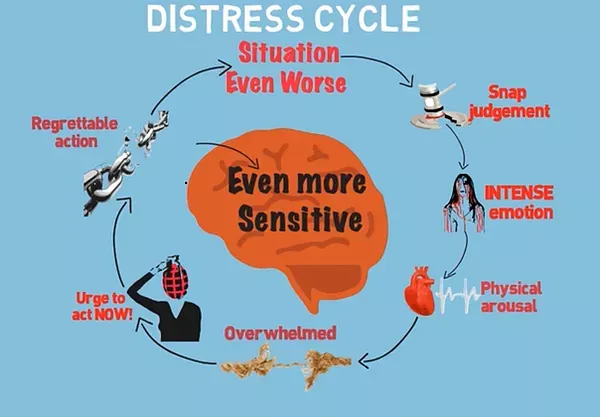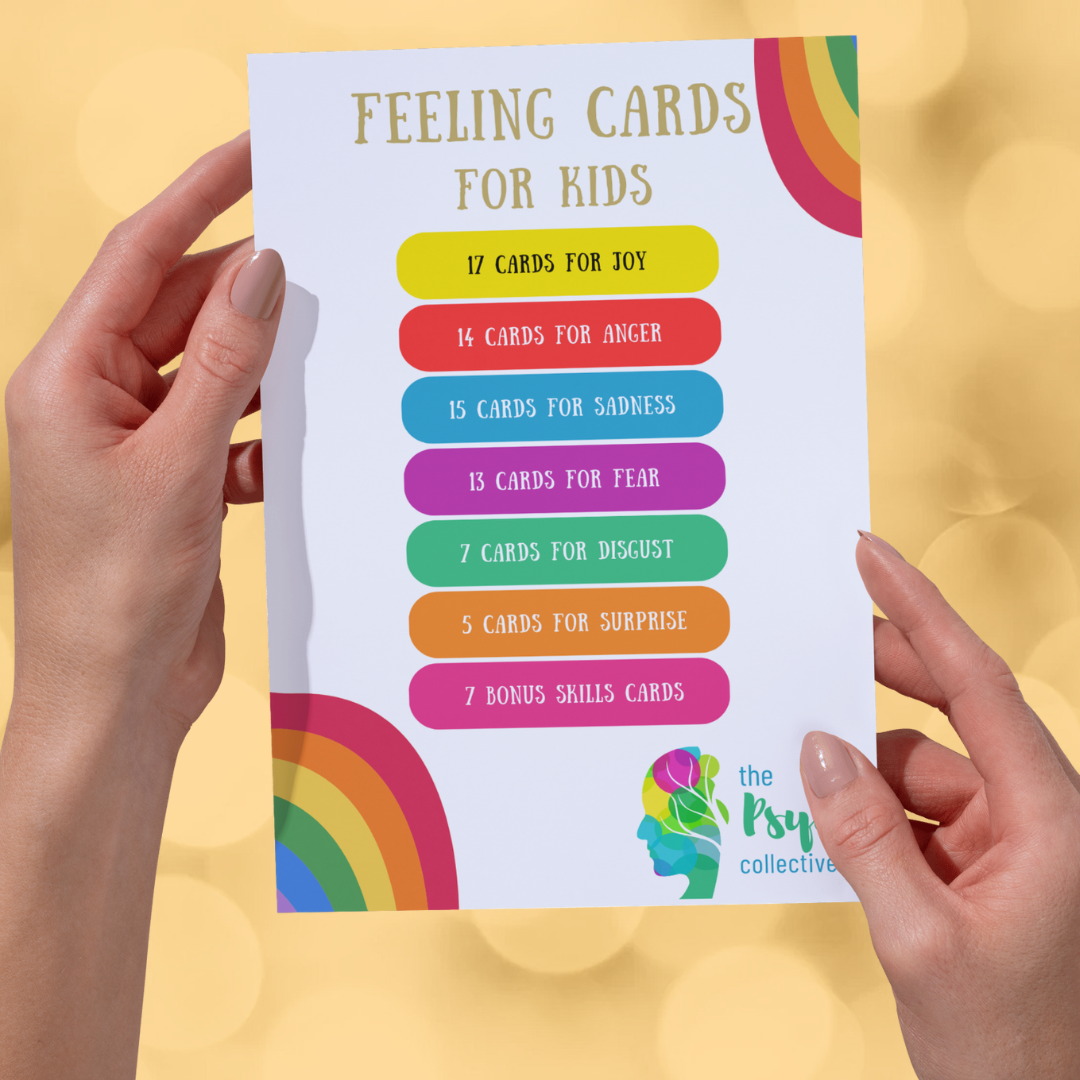Borderline Personality Disorder
What is Borderline Personality Disorder?
It's a maladaptive survival strategy that gets set up in childhood or adolescence. It mostly results from unmet childhood needs or trauma. There’s also impact from things like rejection (real or implied) by a caregiver or neglect of emotions. Those things result in a vulnerability to future abandonment cues. Childhood trauma has a related effect, it implies that care was not as protective as it needed to be. Childhood trauma is also damaging to self-view.
Temperament plays a major role. The more sensitive the temperament, the more likely Borderline Personality may manifest in the context of trauma or unmet emotional needs.
The diagnostic criteria for Borderline Personality aren’t very integrated, just like those with the disorder! I’ll try and integrate it for you to make sense of it better; I’ve simplified and rearranged the order of the criteria so it makes sense and I’ve added my commentary in italics. Here’s the ‘background’ criteria, which result from the childhood difficulties:
- Frantic efforts to avoid abandonment
- Fluctuating sense of self-identity
- Chronic emptiness
Whichever of these are present they are typically always present in the background. When a stress, such as an invalidation occurs we may observe one or more of these ‘reactive’ 5 features:
- Unstable mood
- Impulsivity
- Anger
- Suicidal behaviour or threats
- Stress related paranoia or dissociation
In other words an invalidation (or other cue) causes Emotional Distress, this can look like one or more of the above or other maladaptive coping strategies such as spending, emotional eating, drinking, drugs, enacting the urges of emotions etc may ensue. Emotional Distress is the central feature of BPD. Emotional Distress happens a lot in BPD and it doesn’t always seem to make sense to loved ones, so it tends to be rough on relationships and the result is:
- Unstable interpersonal relationships
That relationship instability feeds the abandonment fear, perpetuates the emptiness and the unstable sense of self. That’s it.
So that puts the diagnostic criteria into a framework which makes sense.
So it’s helpful to think of what’s called “Borderline Personality” as a response to either early trauma or unmet childhood needs (a different type of trauma). It’s complicated and the terms Complex Trauma, Complex PTSD may fit, but commonly it’s a Child Temperament/Parental Style Mismatch or Perceived Parental Rejection. Those ways of defining things are aetiological and I think, a little more comprehensible to people.
It was thought that in Borderline Personality people were on “Borderline” between psychosis and neurosis. Few practitioners subscribe to that formulation anymore, but that unfortunate label remains.
On a practical level the problem is a sensitivity to invalidation and a tendency to make biased reflex judgements. This tendency stems from temperament and childhood experiences, especially experiences of persistent invalidation from caregivers during childhood. But trauma, chaos and uncertainty can be major factors.
In adulthood, the combination of sensitive temperament and reflexive (often biased) judgements manifests as becoming easily emotionally overwhelmed. Emotional distress. Emotional Distress is the most obvious feature of BPD. When overwhelmed, physiological changes mean that logic goes out the window. Anger becomes rage, fear becomes terror, sadness becomes despair. The emotions come with urges to act them out: rage/attack, terror/cling or flee, despair/self-harm.
The affect and anger dysregulation is the manifestation of the emotional distress, as is dissociation, self-harm and suicidality. This is the basis of “The Distress Cycle” (see below).
In terms of “cure” it’s about improving sensitivity, reducing and noticing the proclivity to make reflex judgements and being aware of the particular biases that predispose a person with BPD to their reflexive judgements. That can be learned. It’s also about having an approach to overwhelm and the urge to act out overwhelming emotions. These are critical skills. Psychotherapy might help people understand themselves broadly. But we need to start by understanding what happens as we become distressed and what to do about that.
The “Distress Cycle” provides a framework which can help with that process. People can learn how to become less reactive. Once people get insight into their biases and snap judgements they don’t tend to become distressed, then relationships improve. Life starts getting better. But it’s work. Important work. This clip has more on that framework, if this resonates with you.
Loved ones are often perplexed by the way which people with BPD sometimes dramatically respond to seemingly innocuous things we may say. It’s because persons with BPD find meanings and invalidations where none were intended. This occurs because they have biases you can’t understand and often neither do they. But their reflexive judgements lead to overwhelming emotions. That may be mild hurt or it may manifest with profound Emotional Distress. The Distress Cycle worksheets helps people make sense of their Distress and helps people get insight into their reflex judgements and their biases which lead to those judgements and emotions.
Share
Categories
About Our Resources
We offer actionable resources and teach real skills to help people make meaningful change in managing mental health issues through different modes depending on people's learning preferences including infographics, text, worksheets, handouts and video.














